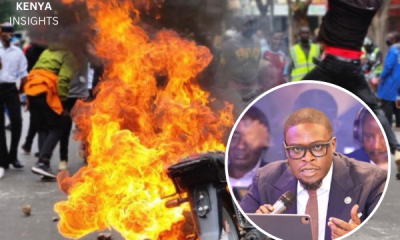News
PHOTOS: Nairobi Demonstrations Turn Chaotic As Protesters Destroy Properties Demanding Justice For Albert Ojwang
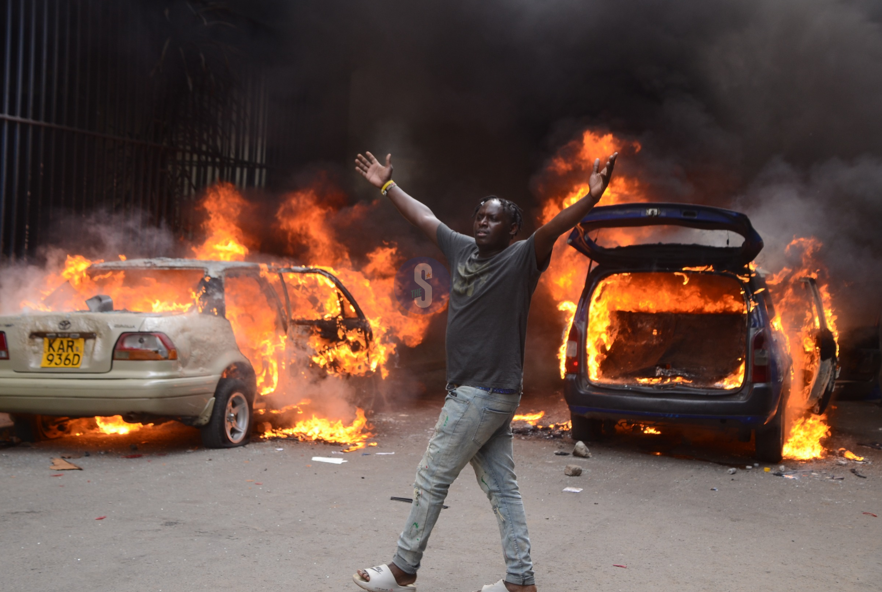
Protesters torch vehicles, vandalize infrastructure as calls for Deputy IG’s resignation escalate
NAIROBI, Kenya – Protests demanding justice for slain teacher and blogger Albert Ojwang turned violent in Nairobi’s Central Business District on Thursday, with demonstrators torching at least two vehicles and vandalizing public infrastructure as they called for the resignation of Deputy Inspector General of Police Eliud Lagat.
Dramatic scenes unfolded along Aga Khan Walk near Kenya Cinema building, where thick smoke and towering flames engulfed two parked vehicles. A third light-colored sedan was also set ablaze, with fire consuming its front section as security forces battled to control the escalating chaos.
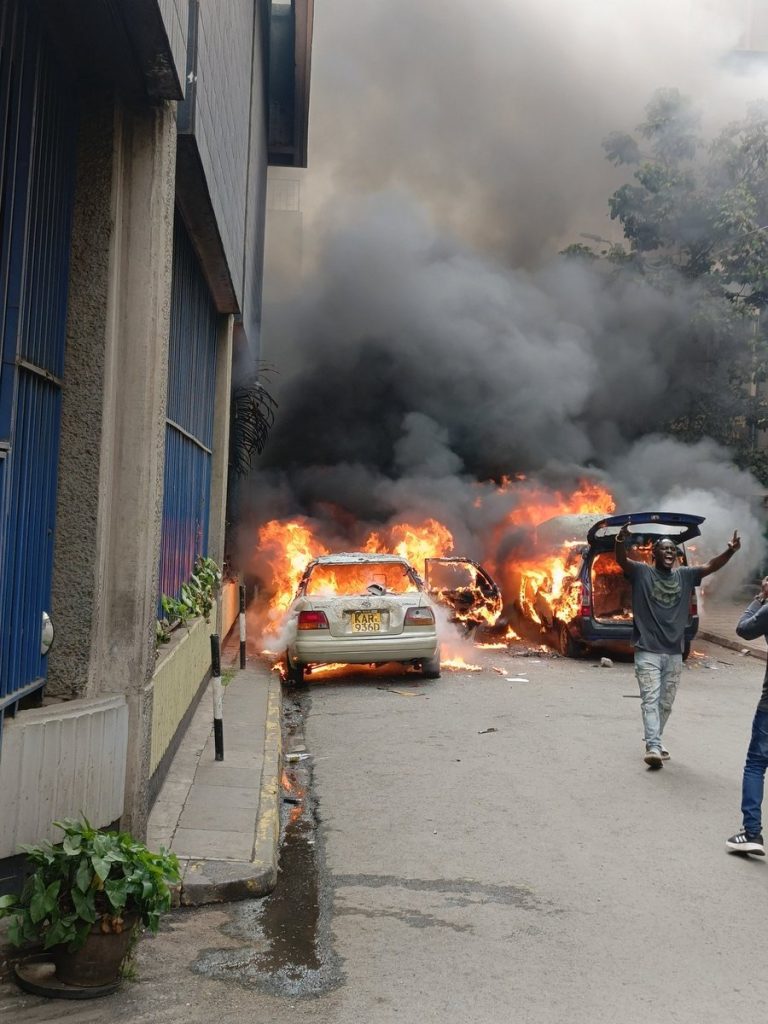

The demonstrations, which began peacefully in the morning with crowds gathering at key locations including City Hall, Moi Avenue, Kenyatta Avenue, and Jevanjee Gardens, quickly deteriorated as protesters clashed with police officers deployed to maintain order.
Violence Erupts as Crowds Swell
What started as organized protests with demonstrators carrying Kenyan flags, twigs, and placards bearing anti-government messages soon descended into mayhem.
Angry youths vandalized newly installed garbage bins meant to improve Nairobi’s cleanliness, pulled cabro blocks from sidewalks to create barricades, and damaged a Nairobi City County signpost on Parliament Road.

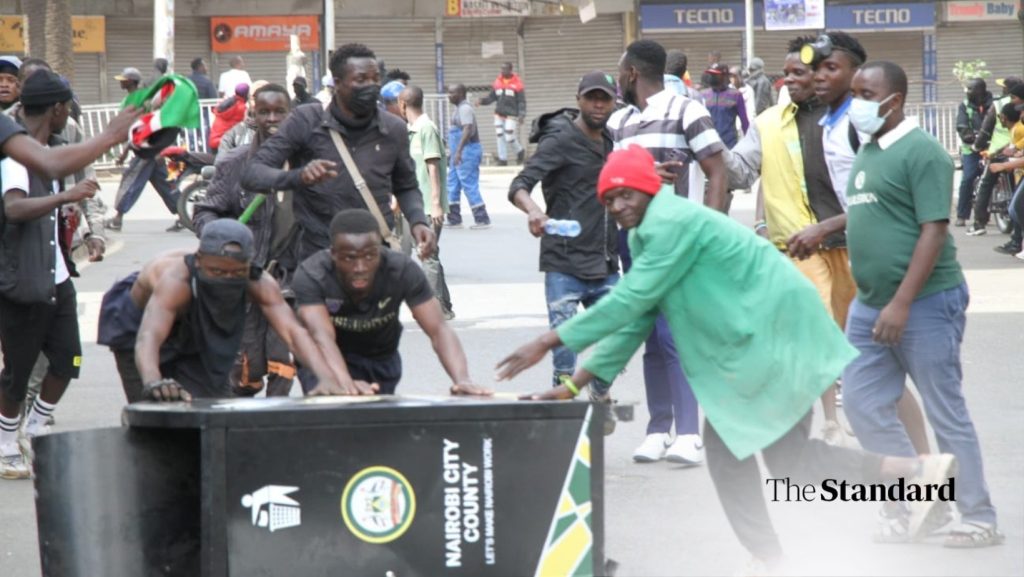
The protesters’ central demand echoed through the streets: “No justice, no budget” and “Lagat must go!” – referring to Deputy Inspector General Eliud Lagat, who has been linked to the controversial detention that led to Ojwang’s death.
Police responded with tear gas canisters, creating clouds of acrid smoke that engulfed protesters and forced nearby businesses to close their doors. At least one protester was reported injured during the confrontations.
Timing Coincides with Budget Reading
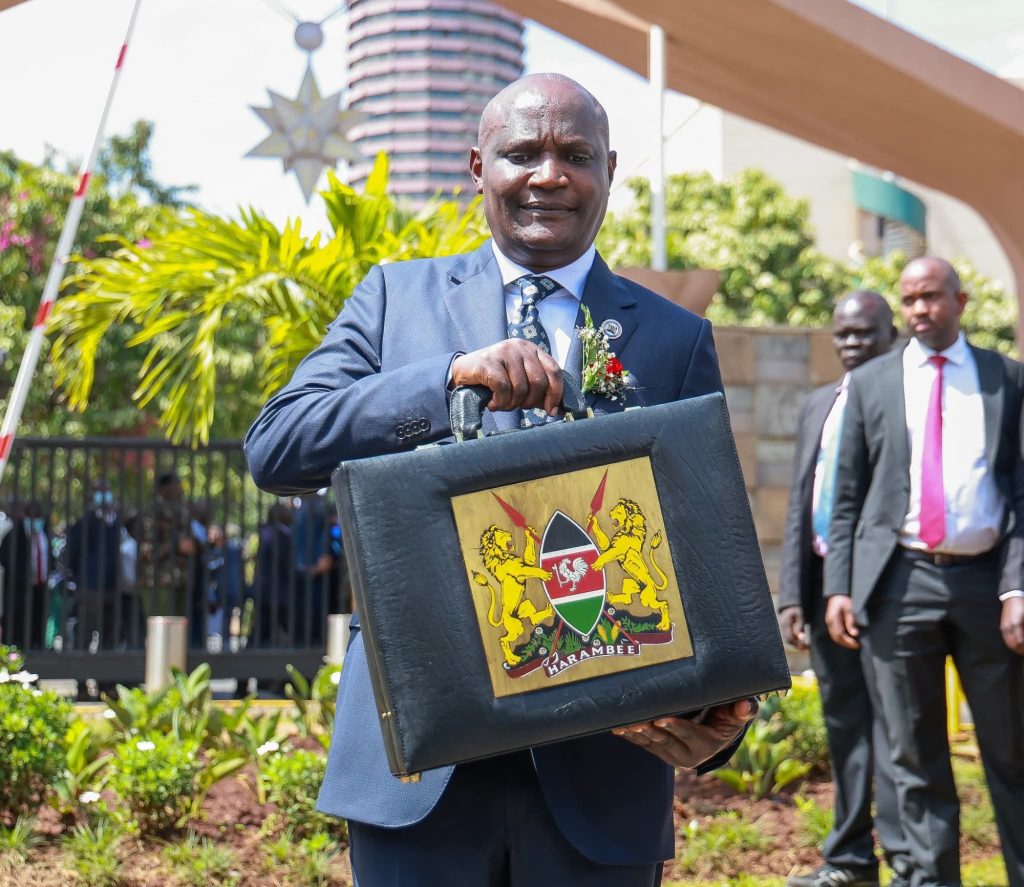
The timing of the protests was particularly significant, occurring just hours before National Treasury Cabinet Secretary John Mbadi was scheduled to present the 2025/2026 budget estimates to Parliament at 2:30 PM.
Demonstrators attempted to disrupt the planned procession to Parliament along Harambee Avenue before being pushed back by police to Moi Avenue.
The fracas began along Haile Selassie Avenue and spilled onto multiple streets, with protesters regrouping and marching toward Kenyatta Avenue, where they successfully blocked traffic using makeshift barricades.

Areas most affected included Moi Avenue, Harambee Avenue, and Haile Selassie Avenue.
The Albert Ojwang Case
The protests stem from the controversial death of Albert Omondi Ojwang, a 31-year-old teacher and prominent social media commentator based in Voi, who was found dead on the morning of Sunday, June 8, in a cell at Nairobi’s Central Police Station.
Ojwang was arrested over an X post and died in Nairobi police custody on June 8, 2025, sparking national outrage and calls for an independent investigation.
According to a press statement by the National Police Service of Kenya (NPS), Ojwang hit his head against the wall and sustained head injuries while in custody.
He was pronounced dead on arrival after being transferred to the hospital.
However, his family and legal representatives strongly dispute this claim, describing the injuries as highly suspicious and inconsistent with self-harm.
The narrative that he took his own life has collapsed under the weight of forensic evidence.
The case has drawn international attention, with the United States Embassy in Kenya voicing concern over the death of the 31-year-old influencer and teacher, becoming the first foreign mission to issue a statement on the matter.
Heavy Security Response

Police deployed significant resources to contain the unrest, including anti-riot officers, the General Service Unit (GSU), and plainclothes officers. The heavy security presence reflected authorities’ concerns about the volatile situation and the potential for further escalation.
Throughout the demonstrations, protesters chanted various slogans including “No justice, no peace,” while protest anthems like “bado mapambano” (the struggle continues) echoed through the streets. Many demonstrators knelt on the roads in symbolic acts of defiance and mourning.
Digital Amplification
The protests gained significant traction on social media platforms, with supporters sharing videos, images, and using hashtags to amplify calls for justice.
The digital campaign has helped sustain momentum for the movement demanding accountability in Ojwang’s death.
The demonstrations represent growing public frustration with alleged police brutality and impunity within Kenya’s security forces, with protesters specifically targeting Deputy IG Lagat, who was reportedly the complainant in the defamation case that led to Ojwang’s arrest.
Looking Ahead
As the situation remains volatile with ongoing security concerns in the CBD, the protests highlight the deep-seated tensions between citizens and law enforcement agencies. The demonstrators’ core message remains clear: justice for Albert Ojwang and accountability from senior police commanders.
The chaotic scenes in Nairobi serve as a stark reminder of the public’s demand for police reforms and transparent investigations into deaths in custody, issues that have long plagued Kenya’s justice system.
This story is developing and will be updated as more information becomes available.
Kenya Insights allows guest blogging, if you want to be published on Kenya’s most authoritative and accurate blog, have an expose, news TIPS, story angles, human interest stories, drop us an email on [email protected] or via Telegram
-

 News2 days ago
News2 days agoKenyan Driver Hospitalized After Dubai Assault for Rejecting Gay Advances, Passport Seized as Authorities Remain Silent
-

 Business1 week ago
Business1 week agoKakuzi Investors Face Massive Loss as Land Commission Drops Bombshell Order to Surrender Quarter of Productive Estate
-

 Investigations1 week ago
Investigations1 week agoINSIDER LEAK REVEALS ROT AT KWS TOP EXECUTIVES
-
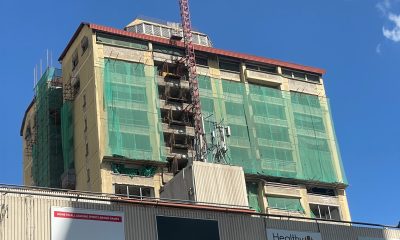
 Business2 days ago
Business2 days agoConstruction Of Stalled Yaya Center Block Resumes After More Than 3 Decades and The Concrete Story Behind It
-

 Investigations6 days ago
Investigations6 days agoCNN Reveals Massive Killings, Secret Graves In Tanzania and Coverup By the Govt
-
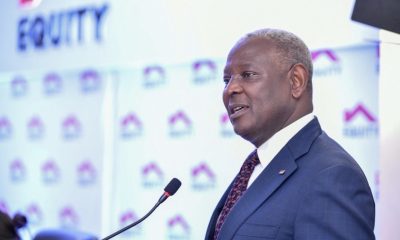
 Business1 week ago
Business1 week agoBANKS BETRAYAL: How Equity Bank Allegedly Helped Thieves Loot Sh10 Million From Family’s Savings in Lightning Fast Court Scam
-

 News1 week ago
News1 week agoEXPOSED: How Tycoon Munga, State Officials, Chinese Firm Stalled A Sh3.9 Trillion Coal Treasure In Kitui
-

 Investigations3 days ago
Investigations3 days agoHow Somali Money From Minnesota Fraud Ended In Funding Nairobi Real Estate Boom, Al Shabaab Attracting Trump’s Wrath



